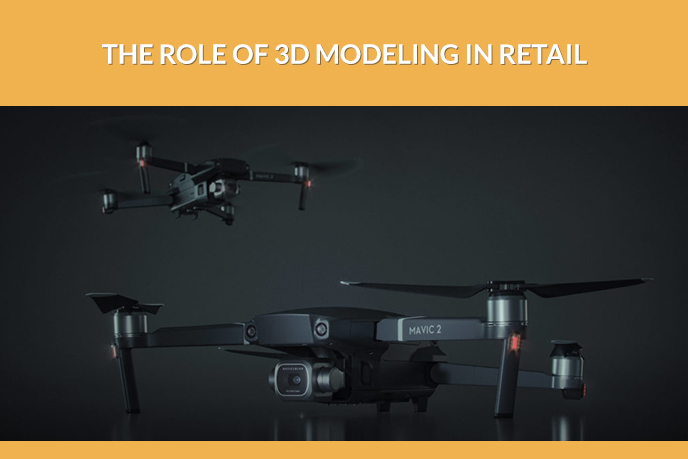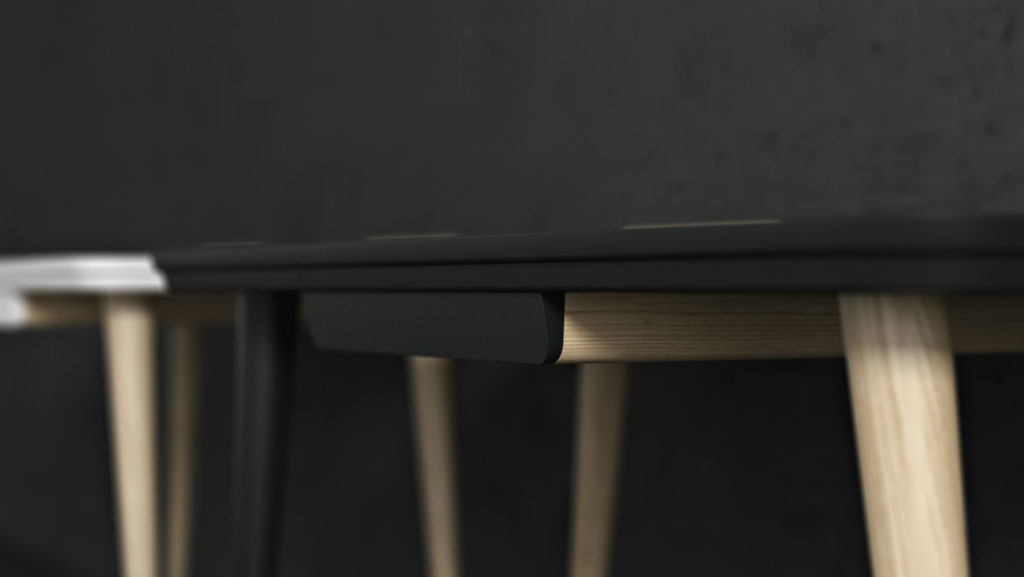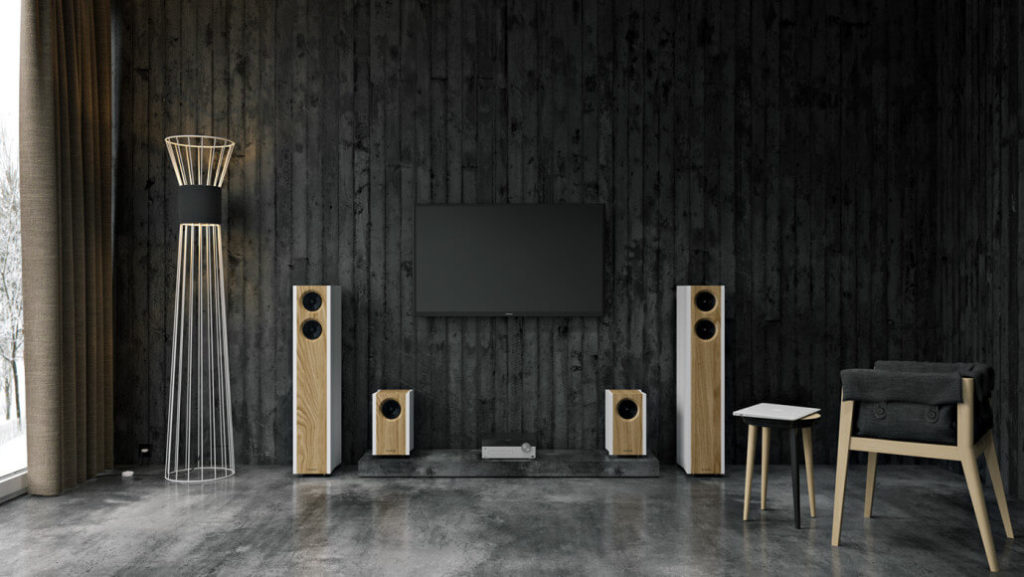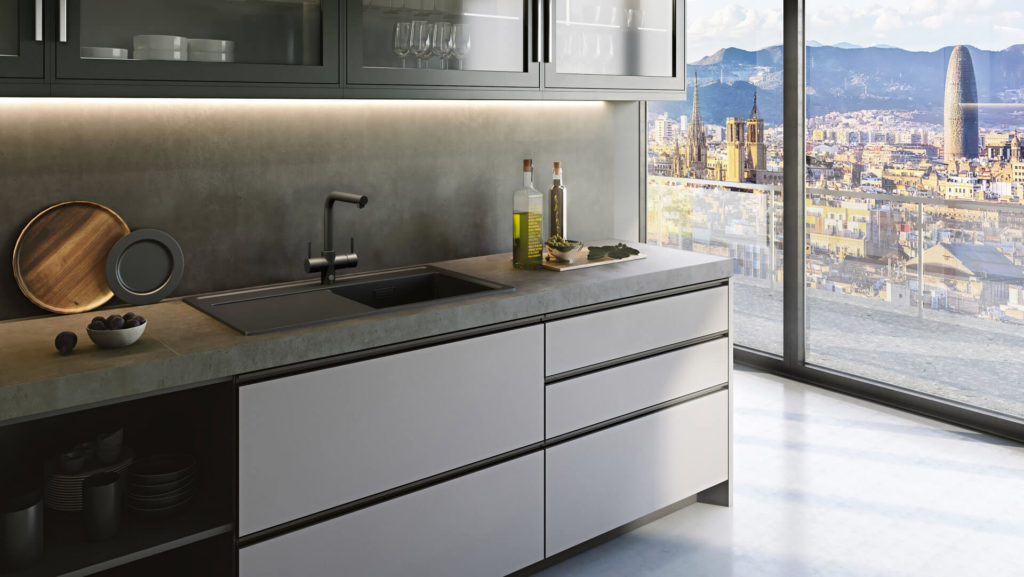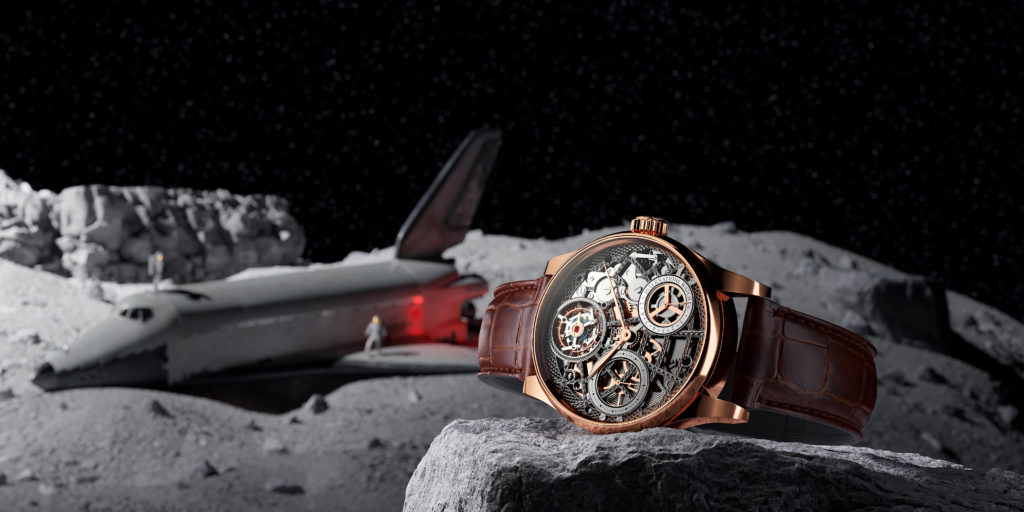What Is 3D Modeling And How It Is Irrevocably Transforming Retail
What is 3D modeling and how is it changing retail? It’s a question many Marketers want to be answered for different reasons. Some are plainly interested in the technology while others want to know if it’s affordable and beneficial. The history of 3D modeling has come a long way from lines making shapes to being a must-have in movies and video games. Unfortunately, its application in other markets is rarely considered, and most of the time, unnoticeable.
In retail, Marketers want a better option than creating prototypes and transporting them for photoshoots. The preparation can take a long time and does not match all budgets. Sudden changes in marketing plans also create problems depending on how much promotional material has already been created. Calling for reshoots can be a huge set back financially and time-wise.
When looking for other options, Marketers run into 3D modeling solutions which claim to solve and lighten the load on marketing. And they definitely can. Read the article to find out what is 3D modeling exactly and the many promotional options it provides in retail.
#1. The Art Of 3D Modeling
The easiest answer to what is 3D modeling is to say that it’s virtual sculpting and crafting. In a 3D visualization program, the 3D Artist either literally sculps or morphs different geometric shapes to create an object. The result is then textured and lit up for a full photorealistic effect or left as-is for easy examination and evaluation.
Besides, the photorealism of 3D modeling allows Marketers to create high-quality promotional material quickly and under strict budgets. The result is as good as a real photo, or even better thanks to the innovative tools of the 3D software. Marketers can just get an accurate estimate from a 3D modeling company and go about their other plans. In the end, they don’t need to worry about allocating money and time for photographers, prototypes, and shoot locations. In this way, focus can be returned to future projects.
#2. 3D Modeling and the World Of Retail
3D modeling provides a lot of options for advertising and website imagery to interest customers and sell products. It ranges from just showing attractive and targeted images to fully interactive 3D experiences. Here are some examples of 3D modeling in different spheres of retail.
2.1. 3D modeling for print advertisement
Photorealistic CG products are abundant in furniture store marketing. IKEA, for example, reported in 2014 that 75% of product shots in their catalog are CGI. In general, product modeling in large quantities saves a lot of time and money for furniture marketing. The company does not need to ship prototypes and arrange huge shoots for their inventory. Naturally, the main point is the result, which is indistinguishable from an actual photo.
2.2. 3D modeling for E-commerce websites
Online stores are filled with rendered images covering all kinds of products from canned beverages to the newest headphone designs. Marketers who are focused on appealing and detailed images can easily choose 3D modeling over photography. One of the main reasons is that CGI gives full control of how to portray an item – color options, design elements, different backgrounds,etc.
Additionally, 3D modeling companies can provide interactive models for customers to examine. This variant means they will be able to spin the product 360°. It lets customers “feel” the item as well as make sure the quality is high-level and dimensions are accurate.
Alternatively, a Marketer can order an animation with 3D models they’ve ordered before. This CGI video can demonstrate the features of a product like nothing else. 3D animation can show drawers opening, beds unfolding and visualize the various uses of an accessory. The animation can even cut or disassemble the product to show the internal workings of something like a vacuum or a car.
2.3. What is 3D modeling in retail SMM
When Marketers utilize SMM, they want to make sure to get the most interest from their target audience for a competitive rate. 3D modeling help to create outstanding lifestyle images that attract potential buyers and show them what they are looking for.
For instance, showing various backgrounds can invite different target audiences and create a unique ambiance with each option. On top of that, adding 360° interactive models of clothes or furniture easily draws the attention of many people who are aimlessly scrubbing through social media. Users get to play around and discover a product just because they are interested in the mechanics of virtual interaction.
#3. 3D Modeling And VR
Virtual Reality, or VR, is a complete simulation of reality in 3D space. This is done through the use of goggles, which display 3D models as a person’s eyes would see them. While CGI is already a big part of retail and we wonder about what is 3D modeling going to look like in the future with VR. It will definitely change the way we shop once the technology becomes as accessible as a phone camera. VR interactive models are already becoming the new norm for online shopping with major companies. One will be able to put on some goggles at any time and experience a new car, fit clothes, and examine the furniture from anywhere in the world.
#4. 3D Modeling And AR
Augmented Reality, or AR, is placing 3D models in real-time over the real world. It can be done with specific glasses or through a phone camera. AR is utilized in apps for furniture and clothing to evaluate products. Shoppers are able to place chairs and tables in their rooms or test combinations of clothes on a model in real-time. Them being able to put together an interior style from different design items lets a person purchase bulk combinations of products.
#5. Selling Experiences Not Just Products
Online retail is currently moving toward proving the customer with personal experiences like in actual stores. When prospects go to the mall, they encounter things like decorations, samples, changing rooms and staff who are ready to assist a shopper. But of course, the most important part is the ability to physically see and touch the quality of each product.
So what is 3D modeling doing here? It is providing a solution to online retailers by, at the very least, giving a customer an interactive product to get a “feel” for what he is buying. Implementing VR or adding AR possibilities further stride to emulate the brick and mortar experience. Thanks to that, online clients will have an opportunity to fully replicate the same shopping adventure without leaving the house.
Yes, VR and AR technology is in a young and delicate state. It is not always supported or stable and is expensive for a lot of consumers. But with the current pushes on developing the software and hardware, many predict the rise of VR and AR. Namely, Amazon and IKEA have projects to implement AR and VR into their business model. The first is developing VR kiosks and the latter is using AR to let shoppers preview furniture.
All these future uses will put a heavy demand for 3D modeling. High-quality and accurate 3D models will be needed for all the above AR and VR technologies. Of course, online stores are already moving from product photography to photorealistic 3D visualization and soon it might be the only images we see on all e-commerce websites.
Need to get proper 3D models to get top-class imagery and fully implement these innovative tools? Contact our 3D modeling services to produce the ideal photorealistic visuals for your products.
Let us know if you’ve got an interesting project and want to work together!

